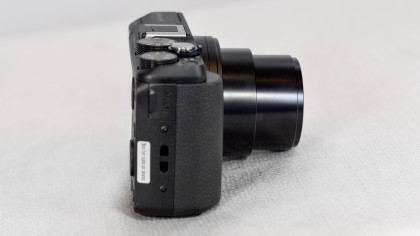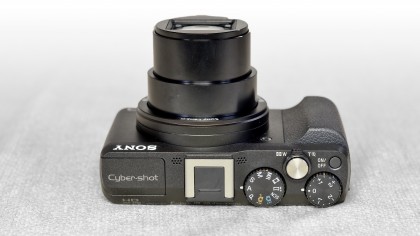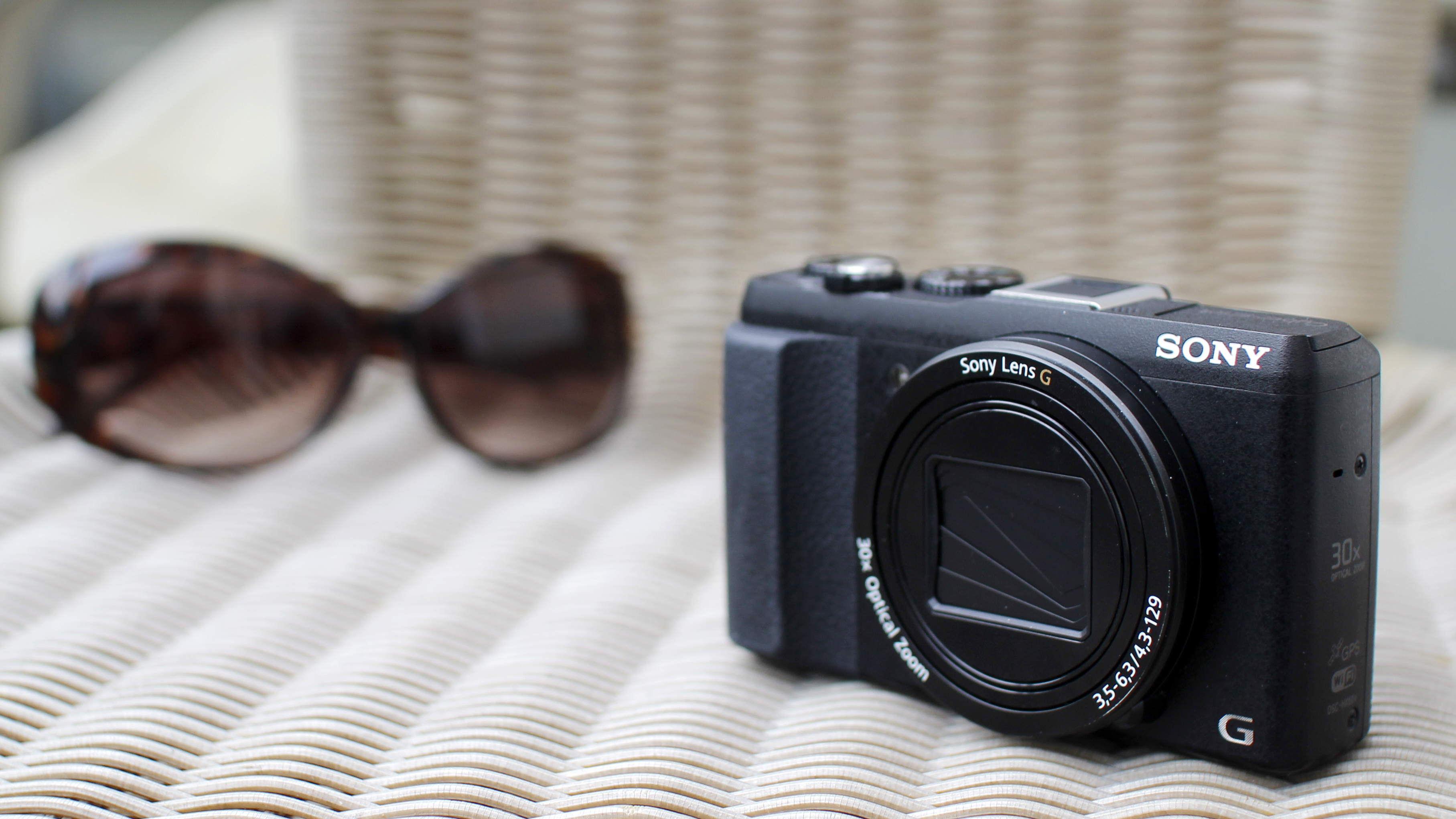Why you can trust TechRadar
Sony cameras have been producing excellent results as of late, and so we had anticipated that the HX60V would also be good – especially given that it has the new Bionz X processor. We were also a little concerned about the quality of images from the HX50, so hoped for an improvement on that front too.
We're pleased to report that, overall, images are bright and punchy, with vibrant colours that are also generally true to life. Detail resolution is good, with its 20.4 million-pixel sensor capable of resolving a good amount of detail.
Viewing images at normal printing and web sharing sizes – of A3 or below – gives the impression that images are wonderfully detailed, and generally, for most of the people that will use this camera, that's fine. However, if you do examine images at 100%, it's fair to say that they're marred by mottling and a painterly effect, even at the lower end of the sensitivity scale, so if you're pixel-peeping you may be a little disappointed.

That said, this is also true of images from the Panasonic TZ60, so it's pretty much to be expected of cameras of this type and price. At higher sensitivities, such as ISO 800 and above, images from the HX60 don't display too much noise, but the effects of noise reduction can mean that image smoothing removes more details than is ideal.
Generally, the camera is capable of producing well-exposed images, but it does tend to suffer from under-exposure in a lot of situations, meaning you'll need to dial in some exposure compensation to get a correctly exposed image.
The camera's automatic white balance system does a good job of producing accurate colours in the majority of conditions, erring slightly towards warmer tones when faced with artificial lighting. If that's proving to be too much of a problem, then it's easy enough to switch to a more specific white balance setting.
In terms of standout features, the key selling point of the HX60 is of course its 30x optical zoom, which is matched by the Panasonic TZ60 and the Canon SX700. This focal length is the longest available for a compact camera of this type (only beaten by much bulkier bridge cameras).
Sign up for breaking news, reviews, opinion, top tech deals, and more.
Images taken at the furthest point of the telephoto lens are very good, offering a decent amount of detail, which is very similar to the images taken at the widest point of the lens.
Sony also has Clear Image Zoom, which is its version of digital zoom. This boosts the camera's zoom capability up to 60x. While the images taken at this setting are not as good as those taken at the optical zoom – as it's basically a cropped version of the 30x optical image – they're still very good at normal printing and web sizes, so if you need that flexibility it's very welcome.

The HX60 has a good range of options for those who want to experiment and get creative with their images. There are a number of Picture Effects that can be applied before a shot is taken. Some, as is to be expected, are better than others, but as it's largely down to personal taste, it's worth trying them out. As the camera doesn't shoot in raw format though, it's worth remembering that if you shoot with a Picture Effect, you'll be stuck with it.
For a subtler effect, you can also alter the Creative Style. Options such as Vivid, Sunset and Black and White are available, and you also have the option to customise certain aspects, such as contrast, so they're worth using if you would like a bit more control over the setting.
Sony's Dynamic Range Optimiser technology is useful when you're photographing high contrast situations, as it works to brighten the shadows while maintaining the highlights.
You can set the mode to automatic, or you can set it in a range of strengths from 1-5, with 1 being the most subtle. It you use it on the strongest setting, the effect can be a little fake, but the subtler settings can really help to balance a scene.
Autofocusing speeds are pretty quick, especially in good light. If you step inside, speeds drop a little, but it's only when the light is incredibly low that the camera struggles to focus at all.

Amy has been writing about cameras, photography and associated tech since 2009. Amy was once part of the photography testing team for Future Publishing working across TechRadar, Digital Camera, PhotoPlus, N Photo and Photography Week. For her photography, she has won awards and has been exhibited. She often partakes in unusual projects - including one intense year where she used a different camera every single day. Amy is currently the Features Editor at Amateur Photographer magazine, and in her increasingly little spare time works across a number of high-profile publications including Wired, Stuff, Digital Camera World, Expert Reviews, and just a little off-tangent, PetsRadar.
